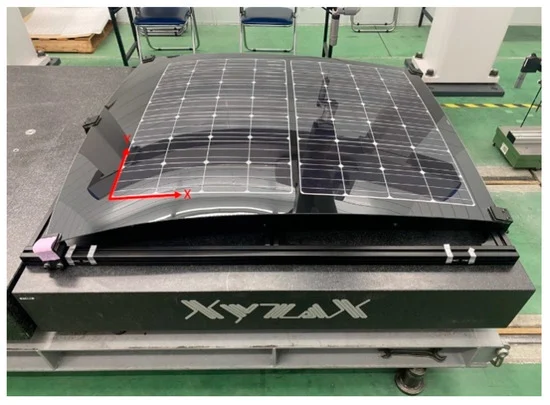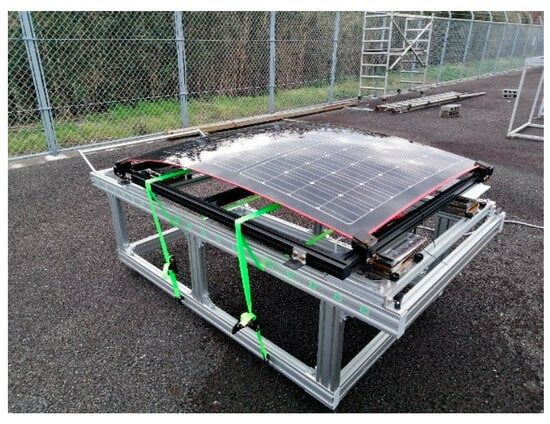A group of Japanese researchers from the GX Research Center at the University of Miyazaki have developed a novel algorithm to improve the accuracy of performance calculations for curved photovoltaic (PV) devices.

This study, led by Kenji Araki, Yasuyuki Ota, and Kensuke Nishioka, was published in Applied Sciences on June 4. It aims to address the limitations of traditional PV models, which typically assume flat surfaces.
The conventional models for PV devices are not well-suited for non-flat surfaces, leading to inaccuracies in performance predictions for curved PVs, the study said. This issue is significant for vehicle-integrated photovoltaic (VIPV) systems applications.
To address this, the researchers developed two algorithms based on vector computations and differential geometry to describe curved surfaces and account for non-uniform solar irradiance.
The study involved monitoring the power output of a commercial curved solar panel installed on a Toyota Prius 40 series.
The researchers collected data at four different orientation angles and under various weather conditions.
They found that traditional flat PV models overestimated the performance of the curved panels. In contrast, their new algorithms provided results that closely matched the observed data, especially on clear-sky days.

The validated computation method has potential applications beyond VIPVs, including building-integrated photovoltaics (BIPVs), drones, and agrivoltaics.
Accurate modeling of curved surfaces can enhance the understanding and performance of these technologies, which often involve non-flat PV installations.
Despite the success of the new algorithms, the researchers acknowledge that challenges remain.
One issue is the typical coverage ratio of PV devices on vehicle roofs, which is around 70%. This low coverage ratio impacts power conversion efficiency and represents a mechanical constraint that future studies need to address.


